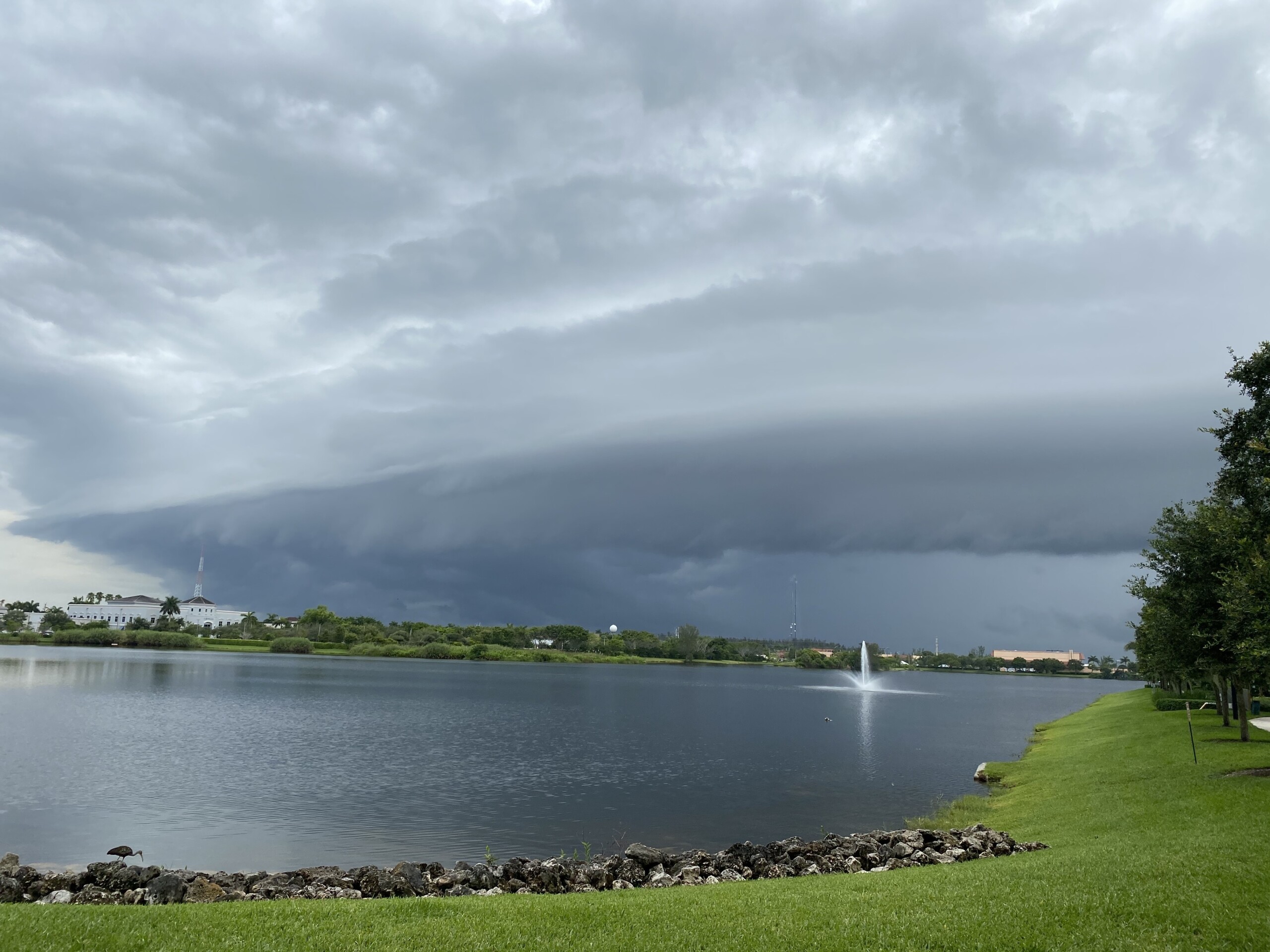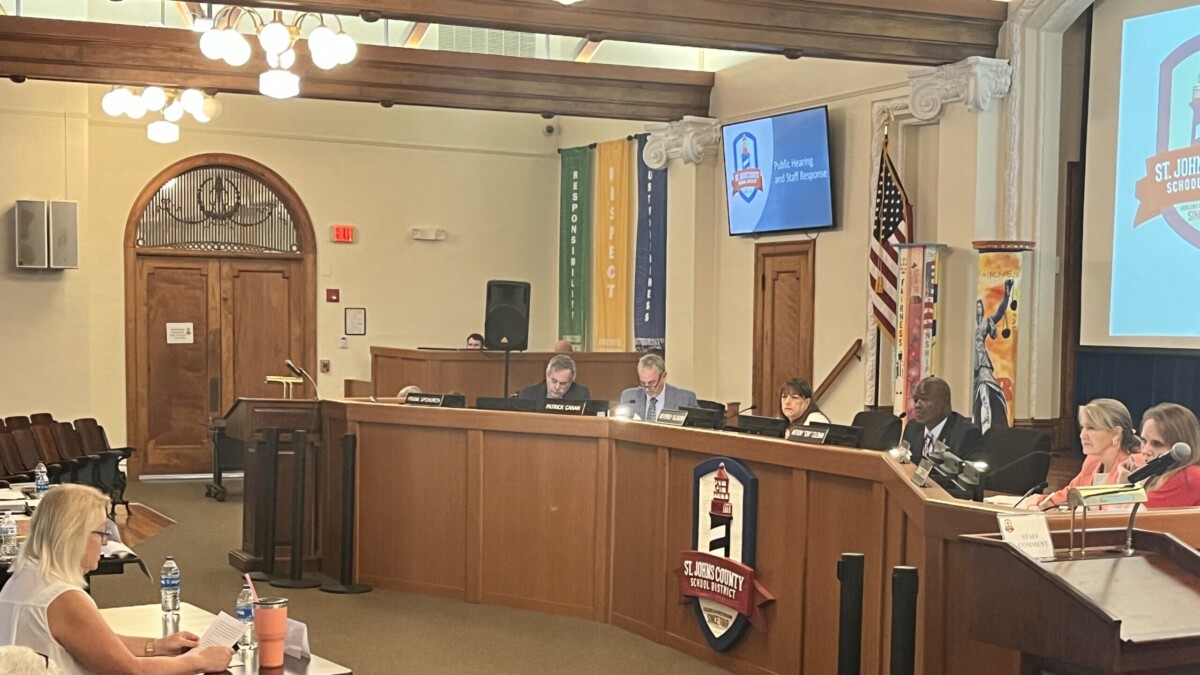Except for the Central West Coast of Florida, the rest of the state has been drought-free all winter and much of the spring. This is typical of El Niño years, as more storms and fronts tend to pass by the state producing more stormy and rainy episodes.
The 2023-2024 dry season remained mostly benign. The year started with a severe drought affecting the Tampa Bay area and surroundings. Then, several heavy rain episodes happened, vanishing the drought by the beginning of March.
By the beginning of April, the entire state was drought-free, but by the end of April, abnormally dry conditions started to sneak in over the Treasure Coast through Lake Okeechobee. By mid-May, the drought had worsened a category to a moderate drought stretching from the Space Coast to the Southwest Coast through Sarasota and Lake Okeechobee.
The lack of cold fronts traveling south enough is mostly to blame for the expanding drought. But we can’t forget the extreme temperatures experienced in recent weeks. They also carry some of the blame.
Luckily, the pattern has started to shift. (No, not the temperatures! You can count on the heat staying for a few more months.) We have noticed more storms developing courtesy of the sea breeze, and these storms have a good chance of putting a dent in the drought levels currently affecting the areas mentioned.
Has the rainy season arrived in Florida? … Yes, for most parts.
Much of the state has two seasons: rainy and dry. The rainy season tends to start in May and run through October. Some areas have an exact start date; others go with certain thresholds.
For example, South Florida´s rainy season starts May 15 and runs through mid-October, and during this time the area receives 70% of its average rainfall. For Central Florida, the rainy season starts in late May and runs through October, and about 61% of the average rainfall happens during these six months. It is roughly the same start for North Florida but ending in late September.
Those areas that follow certain criteria are based on observations and trends that have been happening for several days or weeks, such as low temperatures, dew points, and the onset of the storm activity.

What causes the shift in the seasons?
Two main mechanisms bring the rain to Florida. During the dry season months, the arrival of rain to the state is mostly dependent on cold fronts or low-pressure systems. During the wet season, the arrival of rain is mostly dependent on the sea breeze-driven thunderstorms, and the sea breeze is dependent on the day’s heating.

The combination of the day’s heat and plenty of available moisture kick start the daily sea breezes, igniting diurnal showers and storms.
There are also those early tropical systems that tend to drop a bunch of rain over the state, usually forming over the Gulf of Mexico and having all their convection shifted over the east. By the time these happen, the rainy season has often already started.






